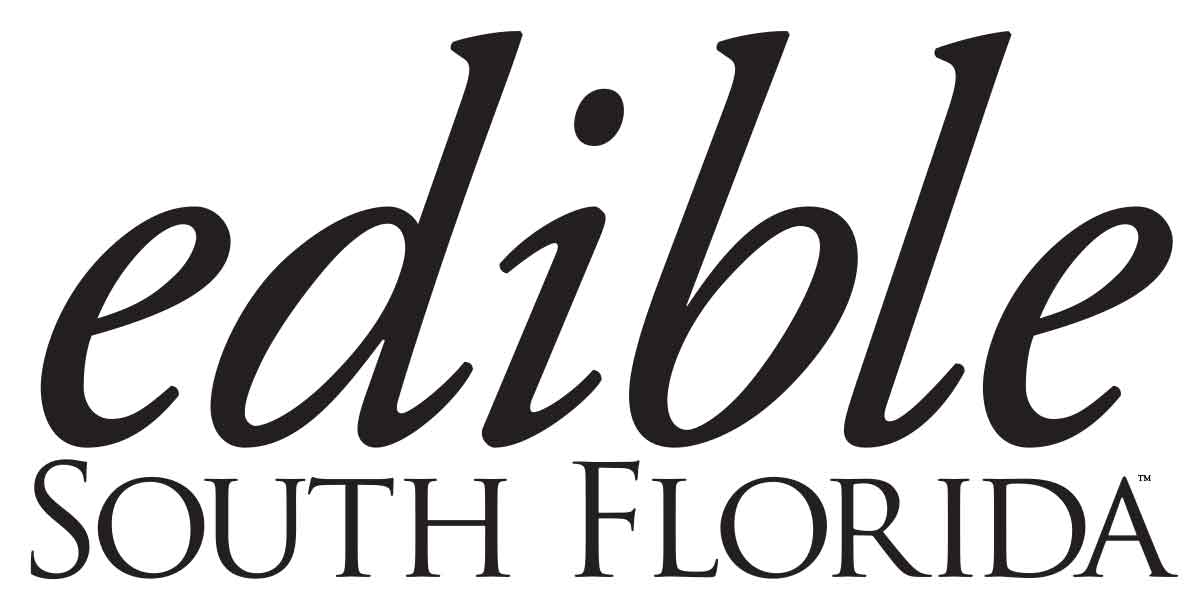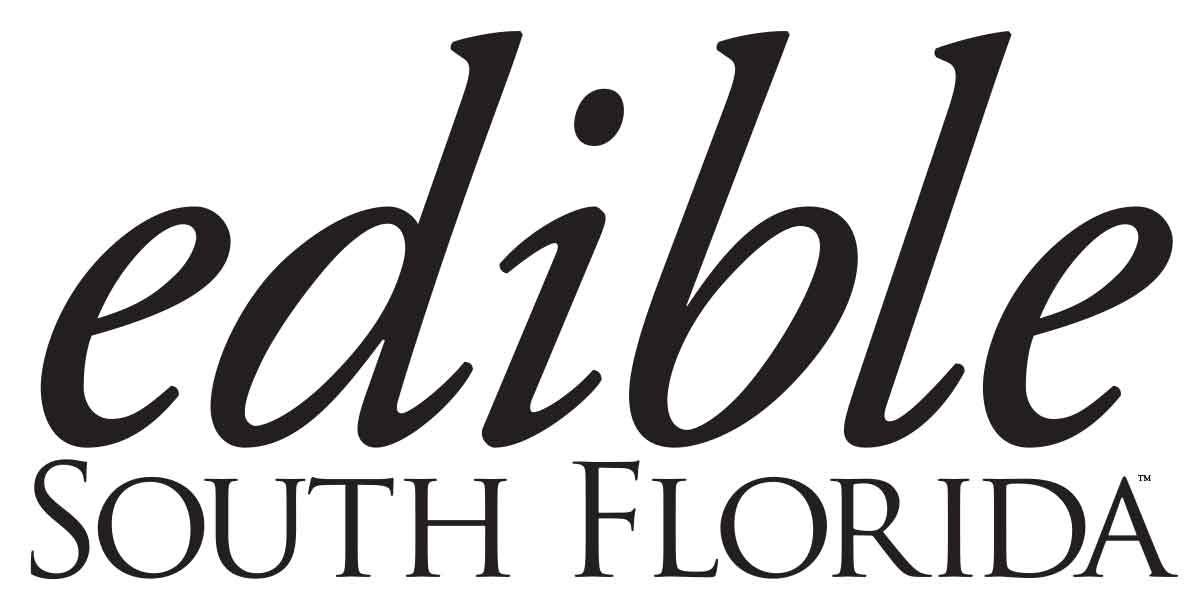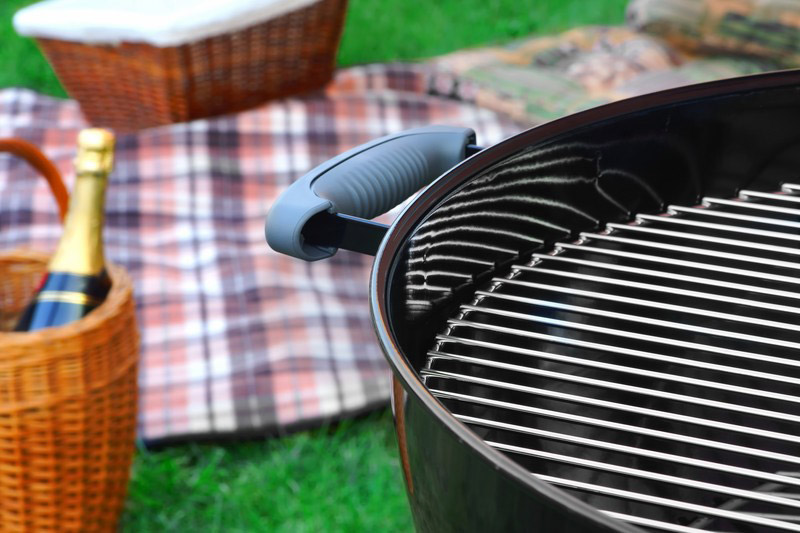Your Essential Guide to Wine and BBQ Pairings
From a former line-cook-turned-sharp-tongue: some helpful hints for wine pairing with different styles of meats cooked over the smoky coals.
Most cognoscenti think that cerveza muy fría is the peanut butter to the jelly that is barbecue. Yet when you deconstruct the Q, no matter what the style – a plate of Memphis ribs, a slab of Texas brisket, sweet Kansas City-style ribs or a chunked pork sandwich with a tangy, mustard-laced South Carolina sauce – wine and barbecue pairing, delightful when done well, can get tricky.
North Carolina BBQ
The whole pig remains definitive, slow-cooked with heat and smoke from a fire of hardwood, typically oak or hickory. The meat isn’t basted during the cooking process. It’s served chopped or pulled, with a thin sauce of vinegar, sugar and chili pepper. The fleshy stone-fruit flavors and bright acid finish of Rieslings are a great complement to vinegar-based sauces, and make for a continuous transition from bite to gulp. A Riesling from the Mosel, like Peter Lauer Barrel X, and one from the Rheinhessen, like Gunderloch, will make you think Bach is playing in your mouth.
Kansas City BBQ
While no carne is off limits here, it’s sweet, sticky pork ribs that have made KC a serious barbecue destination. They’re cooked super-slow and super-low over hickory wood and finished with a thick, sweet, tomato-based sauce. Be careful here with smoke. It’s such a powerful flavor, and even more so when you add sweetness – bold and spicy can hold its own against sweet sauce. Structured reds and blends balance. Morgan and Chris are good friends who make kick-rump wines for Q at Bedrock, where blending old vine material is like breathing for them. Then head to Oz and look behind the curtain for the delicious wines of Fiona Wood, who curates the fruit for the label Jauma in McLaren Vale, Australia.
Central Texas BBQ
It’s all about Bessy and Bob, namely untrimmed brisket. Smoked for long hours over pecan or oak wood, the humble cut transforms into something meltingly tender, with a prized pink smoke ring. If you ask for sauce, they know you’re from the city. Traditionally, reds are paired with beef, and in Texas there is no exception. Zinfandel, considered by many to be America’s native grape, can be a great match. What better to put on the table next to a big plate of smoked brisket than Dashe Cellars Dry Creek Valley Zinfandel. Yup, the monkey riding on the back of a fish labeled zin will make everyone smile. If you’re in the mood to be contradictory and shake up the establishment you call your palate, then a rich white acid-tinged wine like the Pierre-Yves Colin-Morey Chardonnay will exorcise your head.
Memphis BBQ
Memphis-style pork ribs are slow-cooked, typically over white oak or hickory, dry and without sauce. Aside from the meat, the dry rub is the most important ingredient, lending a more complex flavor to the finished ribs. As a personal huge fan of this style of barbecue, I go for leaner reds with delicious red fruit components, suave mouthfeel and aromatics that jump out of the glass and won’t be overwhelmed by the pork’s richness. The natural wines of Eric Texier, his Syrah Brezeme, which is planted on limestone, and the wines of volcanic Mount Etna from Passopisciaro are sure bets.
Western Kentucky BBQ
Lamb, lamb and more lamb is cooked low and slow, mopped and finished with a “mutton dip” of Worcestershire sauce, lemon juice, vinegar and spices. Shafer Vineyard Cabernet Sauvignon and Honig Cabernet Sauvignon, both from Napa, share bright blue fruit flavors that contrast with the smoky aromatics, and the acidity couples well with the mutton’s richness. It’s powerful yet balanced, with generous fruit and quite a bit of acidity.
Burgers
Now on to the king of the South Florida BBQ. There’s the basic version of the all-beef patty that’s going to get slid into a squishy potato roll and topped with cheese, tomatoes and a smidgeon of raw onions and pickles. Your pals may have more gourmet hankerings, mounding their burgers with an intoxicating blue cheese or the sweet chutney made with local mangos.
These few twists set the program for what should be in your glass. Burgers make a great duo with Cru Beaujolais. Now, forget everything you think you know about the B word. Cru Beaujolais is decidedly not Beaujolais Nouveau, a French marketing gimmick meant for chugging and forgetting about until the following morning. Cru Beaujolais is a carnival of the thin-skinned Gamay grape that hails from France’s south-of-Burgundy region of the same name. It is a chorus of earthy and bristling red fruit, exactly what you want to wash down a mid-rare, charcoal latent orb of deliciousness. Cru Beaujolais is traditionally served somewhat chilled, making it an even more tempting summer quaff. Look for Lapierre’s and Foillard’s Morgons.
If you have no idea what’s going to be on the grill, these three choices are bulletproof. Lambrusco, a subtly sparkling red from Italy’s Emilia-Romagna, has loads of fruit and acidity and magically goes well with almost everything. Its roundness and versatility make it a season mainstay, whether you’re just waiting for the steaks to flip or you want to linger on the porch all night. Look for Moretto and Concerto for your bubbly reds. Dry rosé is comfortable around a grill. Not only is pink wine chillable and medium-weight, but the wine-inclined are increasingly discovering that a good rosé need not be the vinous equivalent of bubble gum or cotton candy. Check out Matthiasson from California or Espelt from Spain. Champagne is a third option, one vastly underutilized by the thirsty griller. Unfortunately, most people save it for birthdays and New Year’s balls dropping. They shouldn’t – a Champagne’s abundant acidity, cleansing bubbles and inherent entertainment add lift to almost anything you grill. J. Lassalle and Paul Dethune are only a cork pop away from offering you barbecue ecstasy.





